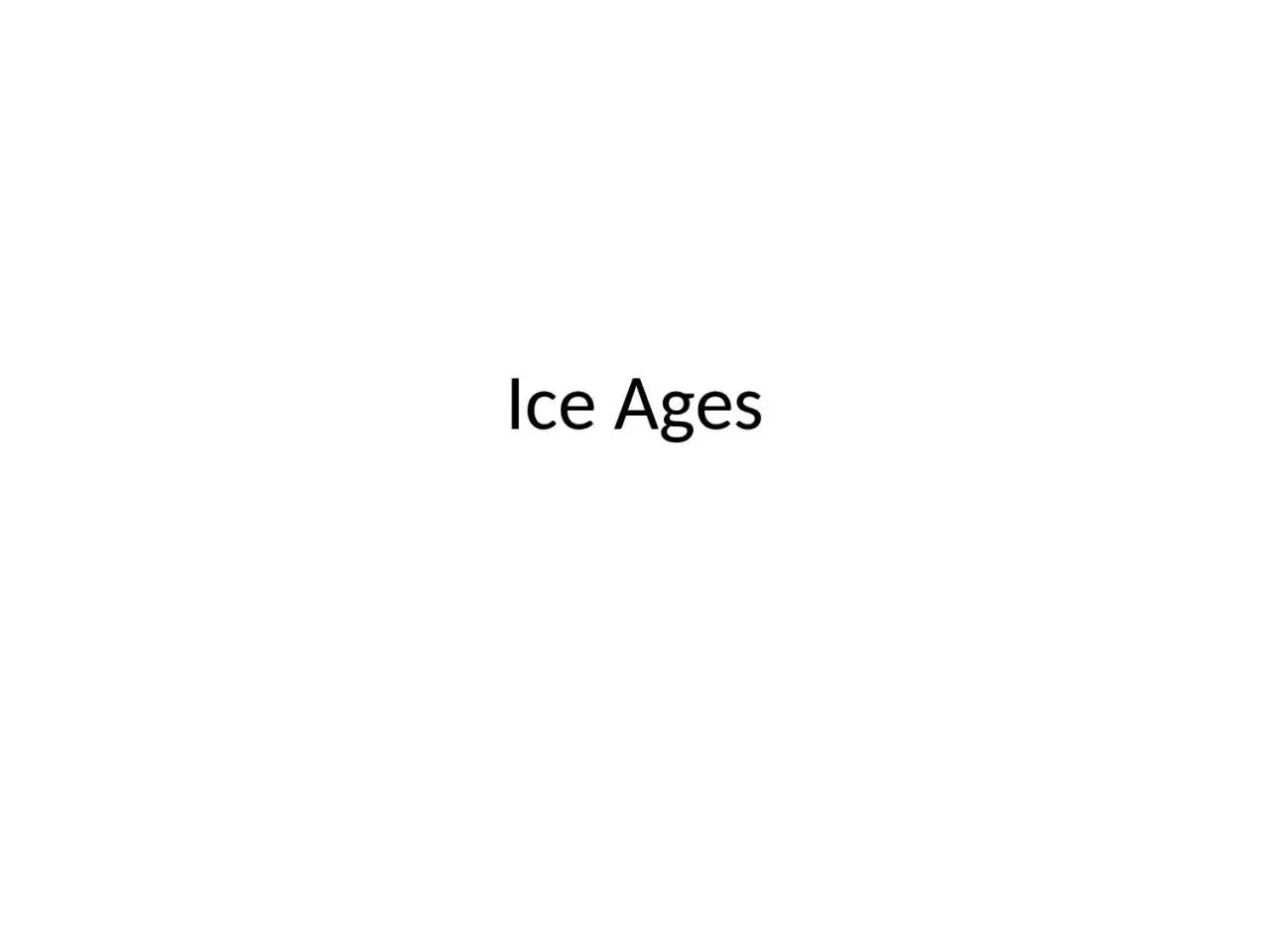

Albedo increases due to more ice coverage to something like about 035 which is then equivalent to a 6 change 3 change in mean geometric distance from the Sun Qualitative Albedo Feedback loop ID: 1022743
Download Presentation The PPT/PDF document "Ice Ages From the Last class, this impli..." is the property of its rightful owner. Permission is granted to download and print the materials on this web site for personal, non-commercial use only, and to display it on your personal computer provided you do not modify the materials and that you retain all copyright notices contained in the materials. By downloading content from our website, you accept the terms of this agreement.
1. Ice Ages
2.
3.
4.
5.
6.
7. From the Last class, this implies a change of 05 6.6/160 = 4% change in the incoming solar constant – this is too small of variation for the amplitude of the orbital variations. Some thing else is happening Albedo increases due to more ice coverage to something like about 0.35 which is then equivalent to a 6% change (3 % change in mean geometric distance from the Sun)
8.
9.
10.
11. Qualitative Albedo Feedback loop:Earth has more biomass on it and absorbs more CO2 so CO2 lowers pre ice age => this is negative radiative forcing by an amount of ~ 5.35 ln(180/280) = -2.3 watts per square meterPlanetary Albedo has decreased at max biomass (min ice extent) to something like 0.27 which increases solar radiation on the ground by 11% so the earth is net warmer during this period as the albedo change dominates the loss of CO2Orbital forcing then provide the threshold to overcome the albedo change surface warming to lead to surface global cooling which rapidly depletes the biomass thus allowing the CO2 (as well as CH4) to rapidly build back into the atmosphereThis then enhances the “greenhouse effect” which rapidly causes glacial melt (thus releasing more H2O for the H2O feedback signal to come into play thus accelerating surface warming)For the last ice age it seems the onset and advancement of glaciation occurred over about a 12,000 year period and the “meltwater phase” occurs over about a 2000 year period.